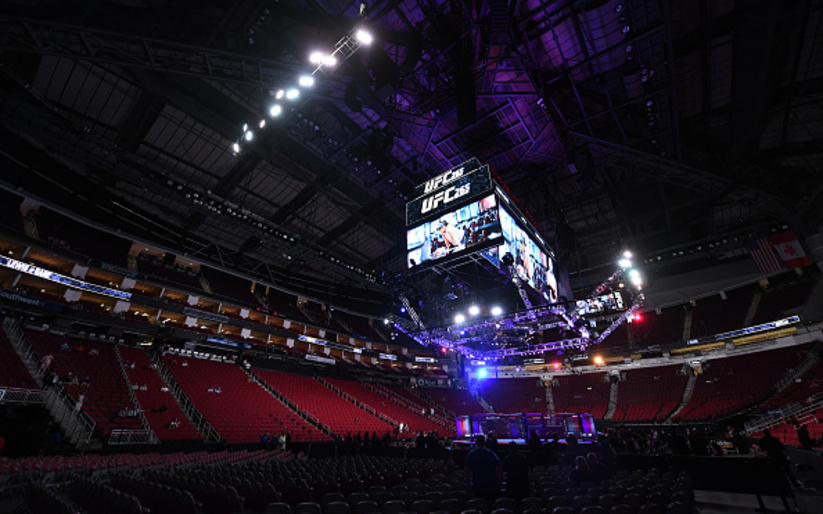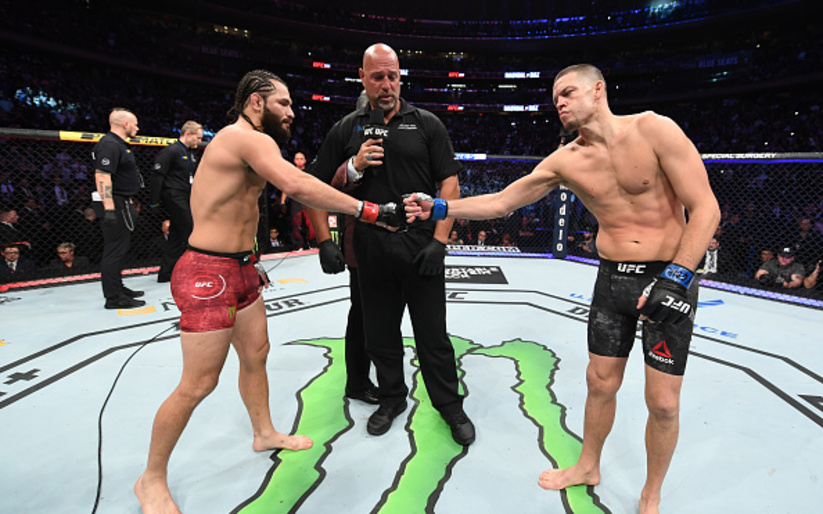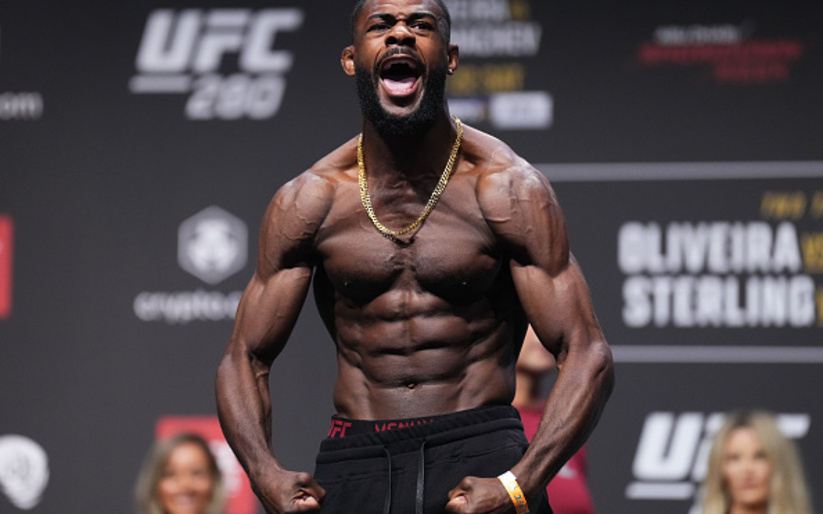In 2011, the Ultimate Fighting Championship (UFC) announced that all main events (beginning with UFC 138’s bout between Mark Munoz and Chris Leben on November 5th) would be fought using 5×5 minute rounds, instead of the traditional 3×5. This was, and still is, a controversial topic. Five rounds was once reserved only for champions and contenders, but now it’s for, well, just about anybody (don’t believe me, see Nate Marquardt vs James TeHuna as a main event).
Some like it because more rounds in any given fight means more fighting. While others hate it, as they feel the UFC now plays favouritism with certain fights/fighters to get them into the main event slot, so their fight lasts longer. I’m going to break down the statistics for you so you can see just how much of an impact this decision nearly four ago has had on the sport.
The Statistics
*Note – percentages have been rounded and these statistics are current up until, but NOT including UFC Fight Night 61 on February 22, 2015
2011: 3 fights scheduled, 1 needed championship rounds – 33%
2012: 13 fights scheduled, 5 needed championship rounds – 38%
2013: 13 fights scheduled, 4 needed championship rounds – 31%
2014: 32 fights scheduled, 13 needed championship rounds – 41%
2015: 4 fights scheduled, 2 needed championship rounds 50%
Total – 65 total non-title fights have been scheduled for 5×5 minute rounds, with 25 of those needing championship rounds. For a total of roughly 38%
Now, statistics can only tell so much of a story, so let’s take a look at some of the positives and negatives when it comes to the implementation of five rounds.
Positives
First of all, like I stated, some people argue in the introduction – we get to see more action in good fights. These include such classics as Hendeson vs Shogun I and Hunt vs Bigfoot Silva. Both fights could have turned out vastly different and if these fights had been only three rounds. The fans would have been robbed of two extra rounds of fantastic action.
The second positive is also one that could be considered a negative, depending on the athlete. It’s that a five round fight gives us a chance to see how a future contenders cardiovascular endurance is. We get to see if they sink or swim, when it comes to the championship rounds.
The final positive I will mention when it comes to this topic is that a five round fight gives contenders a kind of “practice” fight for the belt. They get to train and prepare for a 25 minute fight, and if the fight happens to go into the championship rounds it will only benefit them and expose them to what they’ll encounter in a real title fight.
Negatives
The first negative is the complete opposite of the point I made in the positives – that the boring fights just drag on. Nobody in their right mind can tell me they would have complained if Bader vs OSP was cut to three rounds.
The second negative is that the UFC seems to have no concept of time when it comes to a five round main event. They still schedule a two hour block for fights, regardless of the rounds. This means that almost every event they go over their allotted time slot. It’s not all that bad for the people watching it live, but for the people who DVR the fights and miss out on 80% of the main event it can be quite frustrating.
For the final negative I’ll bring up being bias. The UFC wants and needs ratings, which is why we get situations like UFC Fight Night 61. Silva vs Mir is a five round main event, although it means literally nothing to the heavyweight division. Then there’s Johnson vs Barboza. Two contenders that could actually use the five-round fight for experience, as they’re both lightweight top 10 contenders, and they get stuck doing three rounds.
Does it really matter?
If you’re one of those people that think fighting three rounds versus five is almost no difference then you should ask Benson Henderson. In the past month alone he’s proven that it, indeed, does matter. However you scored the fight, Donald Cerrone beat Benson Henderson. After three rounds the judges scored the fight 29-28 x3 for Cerrone. There’s a very good chance if that fight goes an extra two rounds Henderson wears Cerrone out and takes the fight 48-47.
Then there’s his fight against Brandon Thatch at UFC Fight Night 60. If that fight ends after three rounds, according to the judge’s scorecards, Thatch would have won a split decision. However, the fight ended up going to a fourth round and Henderson ended up winning via submission. He utilized the championship rounds in a non-title fight to his advantage.
In Conclusion
There have been a considerable amount of non-title five round fights in the past three and a half years, 65 in all. Some have been classics, like Dan Henderson vs Mauricio Rua at UFC 139. Others have been rather forgettable, like Ovince St. Preux vs Ryan Bader.
The statistics have shown, at least thus far, that although they have the possibility of going five rounds, just over one third (38%) of the fights actually hit the championship rounds. It appears the UFC is happy with the results, as there has been no mention of putting an end to the five round fights.
I guess for now, we’ll cross our fingers, hope for meaningful fights – and try to enjoy whatever comes our way.
Follow Nate Grotenhuis @BurgersMMA on Twitter



